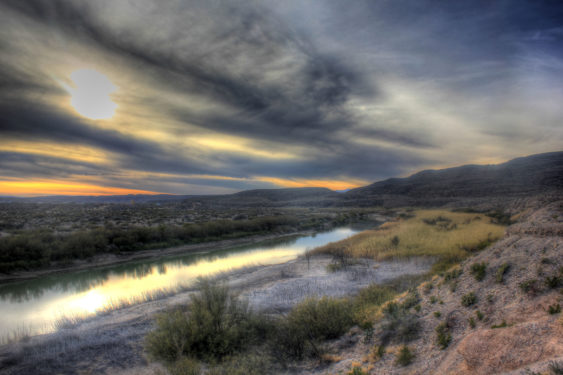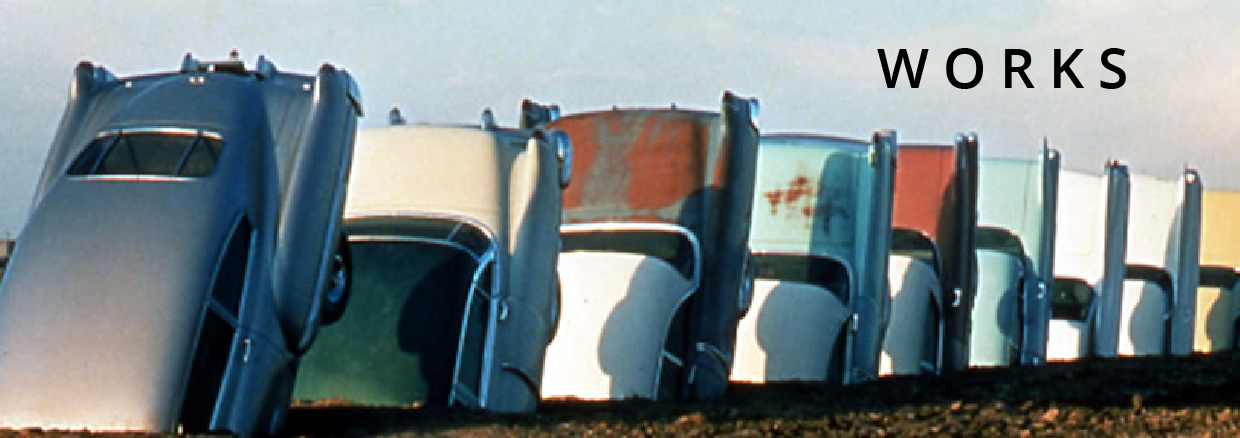Rio Grande
for orchestra (2015)
Instrumentation: piccolo, 2 flutes, 2 oboes, English horn, 2 Bb clarinets, bass clarinet, 2 bassoons, contrabassoon, 4 horns, 3 C trumpets, 3 trombones (1.2. tenor; 3. bass), tuba, timpani (5 drums), percussion: 3 players (instruments are not shared) 1. marimba, suspended cymbal 2. bongos, 4 woodblocks (small, medium, large, very large), rubber mallets with ratten shaft 3. 2 tom toms (medium, large), 2 bass drums (large, very large), rubber mallets with ratten shaft, strings
Publisher: Michael Daugherty Music
Duration: 8:30 minutes
World Premiere: Commissioned and premiered by the San Antonio Symphony, Sebastian Lang-Lessing, Music Director at the Tobin Center, San Antonio, Texas on June 5, 2015
Program Note:
I have composed concert music inspired by American landscapes such as Niagara Falls (1997) for symphonic band, Route 66 (1998) for orchestra, Gee’s Bend (2009) for electric guitar and orchestra, Mount Rushmore (2010) for choir and orchestra, Lost Vegas for orchestra or symphonic band (2011) and Reflections on the Mississippi for tuba and orchestra or symphonic band (2013). I continue my exploration of creating unique aural landscapes with Rio Grande (2015) for orchestra.
Rio Grande is a 1,250 mile river, which flows from the mountains of Southern Colorado to the Gulf of Mexico near Brownsville, Texas. The river forms a natural boundary between the USA and Mexico as it winds its way through El Paso, Texas down to Big Bend National Park. It is at Big Bend, one of the largest, most arid and remote areas of the United States, that one experiences the magical canyons and spectacular rock formations that line the “Big River” or, as it is know in Mexico, “Rio Bravo.”
In my Rio Grande for orchestra, I have composed a dynamic, expansive musical landscape that is stark, haunting, agitated and majestic. The percussion section, comprised of timpani, bongos, woodblocks, tom-toms and bass drums creates a rhythmic undercurrent to an angular motif, first heard in the woodwinds, which emerges high above the precipice. This jagged motif is passed on to individual instruments, such as tuba, and eventually in various colorful guises to the entire orchestra. Reminding us of the long cultural history associated with the Rio Grande, we also hear ghostly Mexican mariachi music echoing faraway through the canyons. In the coda, I combine all the musical material heard throughout the composition to create a majestic ending to our journey down the timeless Rio Grande.
–Michael Daugherty

